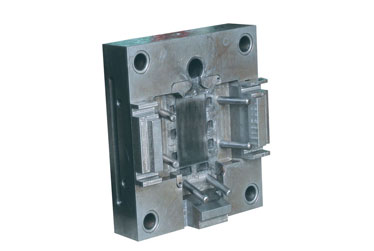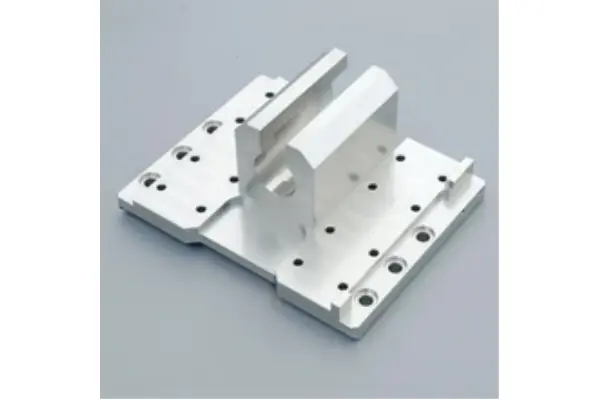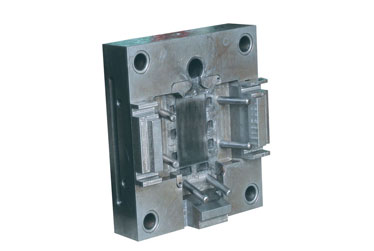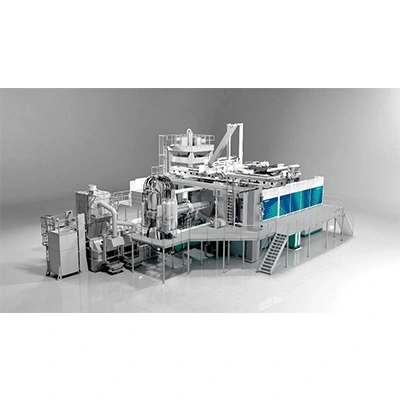

During the filling process, when the kinetic energy of the flowing molten metal is sufficient to produce splashing or when the metal is accumulated into a stream but is connected in a loose condition, the boundary - solidification layer has a "dispersion effect". The metal in this state has already solidified before being covered by the subsequent metal flow, forming patterns on the surface of the casting, which is common in die casting parts.
The patterns on aluminum alloy castings are the most obvious, especially on large surfaces. These patterns show different levels of reflection and are sometimes slightly darker than the base color. Based on preliminary factory measurements, the depth of the patterns is generally less than 0.2 millimeters and can be detected visually with a depth of at least 0.05 millimeters.
Chemical, spectroscopic, and metallographic research on the patterns revealed that they have the same chemical composition as the die casting part itself, but are not caused by silicon segregation, slag, or pollution. The depth of the oxidation patterns in die-casting is only between 0.08 and 0.20 millimeters. Sometimes patterns have clear boundaries, while at other times they blend in with the casting matrix, making it impossible to see the transition zone. The microstructure of the patterns is basically the same as the main structure, only finer. For aluminum alloys, the aluminum-silicon eutectic structure is more refined in the patterns, as are the intermetallic compounds in the alloy elements. The patterns also exhibit a lack of silicon (darker components), but no chemical differences have been identified. In finer patterns, the distribution of silicon is also different, and since silicon is darker than aluminum, the color of the pattern is often darker.
In conclusion, the patterns on the surface of die casting parts are an inevitable result of the filling process, especially on the surface of aluminum alloy castings. The structure and properties of the patterns are generally not affected during the use of die casting parts, unless the wall is very thin, in which case the depth of the patterns is limited. However, they should not exist on surfaces with high decorative requirements.
During the filling process, violent turbulence entrains gas into the metal flow, causing a diffusion effect on the metal flow velocity.
In the filling process, the outer shell of the casting (boundaries - solidification layer) is not always formed at the same time (as mentioned in the filling theory), which leads to a "dispersion effect" in the areas where the shell has not yet formed, especially on large flat surfaces of the casting.
The mold temperature of die casting parts is lower than the temperature that should be in thermal equilibrium, which intensifies the "dispersion effect" and increases the area affected.
The "dispersion effect" caused by the metal flow hitting the wall is very obvious. When the scattered molten metal forms dense droplets after the impact, it becomes a pattern called "splashing". This is the reason why there are often strong splash marks on the surface of castings. The wall facing the inner feed is the most common area for impact splashing.
Uneven coating thickness results in some areas being heavily mixed with the molten metal, causing the metal to be "separated" and leading to a "dispersion effect".
The local deposition of coating material, coupled with the residual gas that is not completely volatilized, is entrained by the molten metal flow, leading to a diffusion effect on the metal flow.
The unreasonable design of the overflow system and poor ventilation result in too much gas in the cavity, which enhances the "dispersion effect". Based on the reasons for the patterns, their depth appears to vary. Therefore, during production, patterns are often classified according to their depth, such as pattern, flow pattern, splashing, and cold patterns. Cold patterns are the deepest type of pattern.


